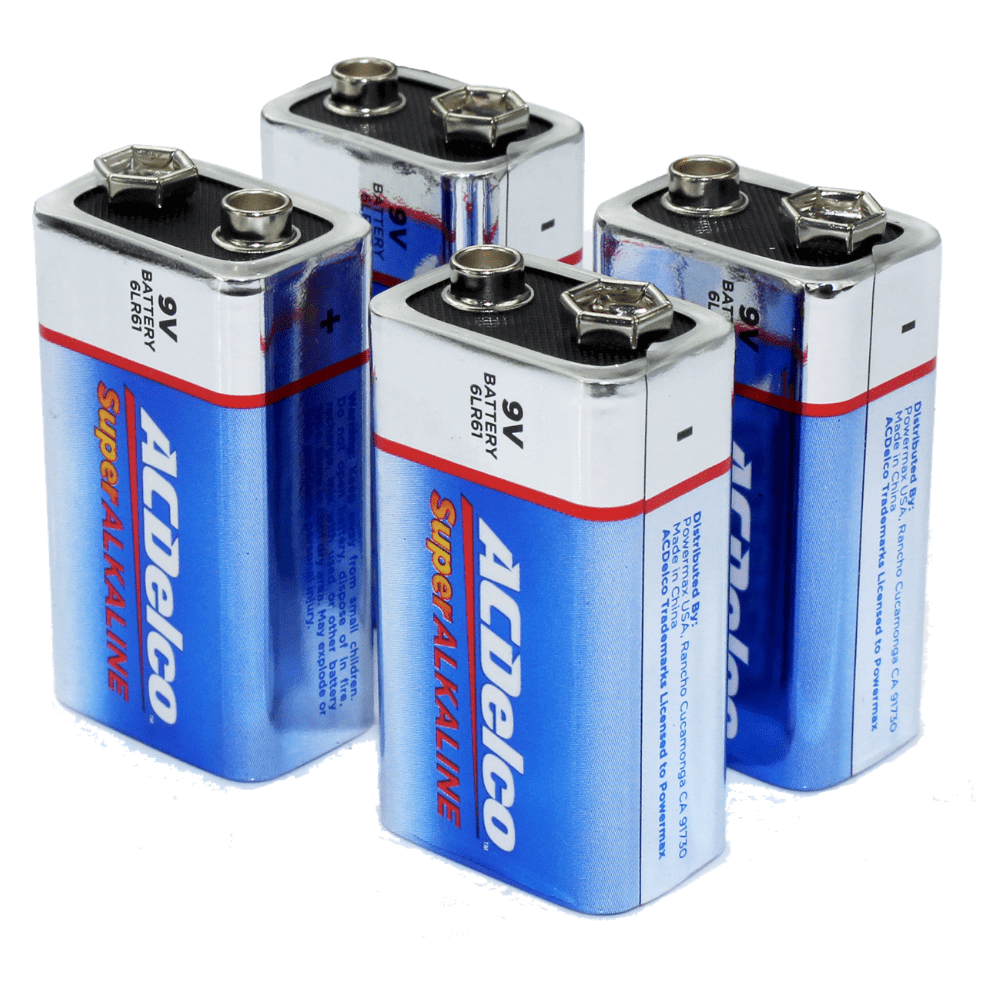

These batteries come from such brands as NiMH, NiCad, Lithium-ion, other Lithium variants, and the rechargeable Alkaline or RAM. Rechargeable D batteries can last for about 2-3 years, though this depends on some other factors. Depending on the brand and other specifications, these may require special chargers, universal ones for chargers that both work on C and D-size batteries at the same time. These may come with specific chargers in a pack from stores and other direct suppliers. Rechargeable D batteries look almost the same as the disposable ones.

Require little or very minimal maintenance

As regulated under IEC 60086, primary batteries also service vehicle tire pressure gauges, heart patients’ pacemakers, hearing aids, wristwatches, children’s toys, electric keys, remote light beacons, remote controls, animal-tracking, and the mining industry’s intelligent drill bits. Ideal when charging seems impossible or impractical such as in forest fire services, rescue missions, and military combat Here are some features turned benefits to its consumers. Primary batteries have various advantages that only users of these disposable cells can benefit. On the other hand, Procell Alkaline D battery is used in such low drain devices as motion sensors, two-way radios, diagnostics, clock radios, food scales and many other related applications. This is the reason why Procell Industrial D batteries are used for low drain devices while Procell INTENSE are used for high drain devices.įor instance, the Procell INTENSE Power D battery is used for air fresheners, hand sanitisers, flashlights, hand mixers, automatic towel dispensers, automatic faucets, security cameras, and many others.
Dbatteries professional#
In the case of Procell, it has designed the world’s first dual portfolio of professional batteries to cater to the specific needs of high drain applications as distinctive to the power requirements of low drain variants. Some brands use Industrial D batteries for high drain devices. These cells are used for both high drain and low drain applications. Primary D-size batteries are large cylindrical disposable cells that are practically used for applications drawing occasional power. The diameter ranges from approximately from 33.0 mm to 34.20 mm. The standard size of a D battery has an approximate length that ranges from 58.0 to 61.50 mm. Lithium, Zinc Carbon, Alkaline, and LiFeS2 have the same nominal voltage of 1.5V. This has higher charge capacity that ranges from 2200 to 12000 mAh while the typical energy ranges from 2.75 to 15 Wh. IEC’s HR20 is the technical name for the NiMH D-size battery. Its typical charge capacity is 2000 – 5500 mAh with an energy capacity of 2.5-6.9 Wh. NiCad D cell is named as KR20 by the IEC. Lithium Iron Disulfide (LiFeS2) also got the names FR20 (IEC) and 13LF (ANSI). Its typical charge capacity ranges from 12000 – 18000 mAh with the typical energy charge of 18-27 Wh, which is greater than the Zinc Carbon variant. The Alkaline chemistry has its IEC name as LR20 and 13A as its ANSI/NEDA name. Nickel Metal Hydride (NiMH) and Nickel Cadmium (NiCad) are the rechargeable batteries with nominal voltages and other characteristics that are pre-determined by their specific battery chemistry.īATTERY CHEMISTRY AND TECHNICAL DIFFERENCESĪ Zinc Carbon D battery is technically known as R20 based on IEC standard and 13D for ANSI/NEDA name, with 8000 mAh charge capacity and 12 Wh typical energy capacity. Lithium and Alkaline batteries have their rechargeable variants, as in the case of RAMs and Lithium-ion or the rechargeable Lithium. Of these chemistries, Zinc Carbon and LiFeS2 are the only ones that are purely disposable cells. Primary batteries can be either made of Alkaline, Lithium, Zinc Carbon, or Lithium Iron Disulfide (LiFeS2). D batteries are mostly used in high drain applications such as flashlights, automatic odoriser, paper towel dispensers, transmitters, radio receivers, and other devices with extended running time requirement. D cells were originally known as flashlight batteries. The D-size battery is a dry cell that is cylindrical in shape with electrical contacts at both ends. These cells come as both primary batteries and rechargeable types. These are also larger than the C dry cells. D-size or D batteries are quite bigger than the AAA or AA batteries.


 0 kommentar(er)
0 kommentar(er)
